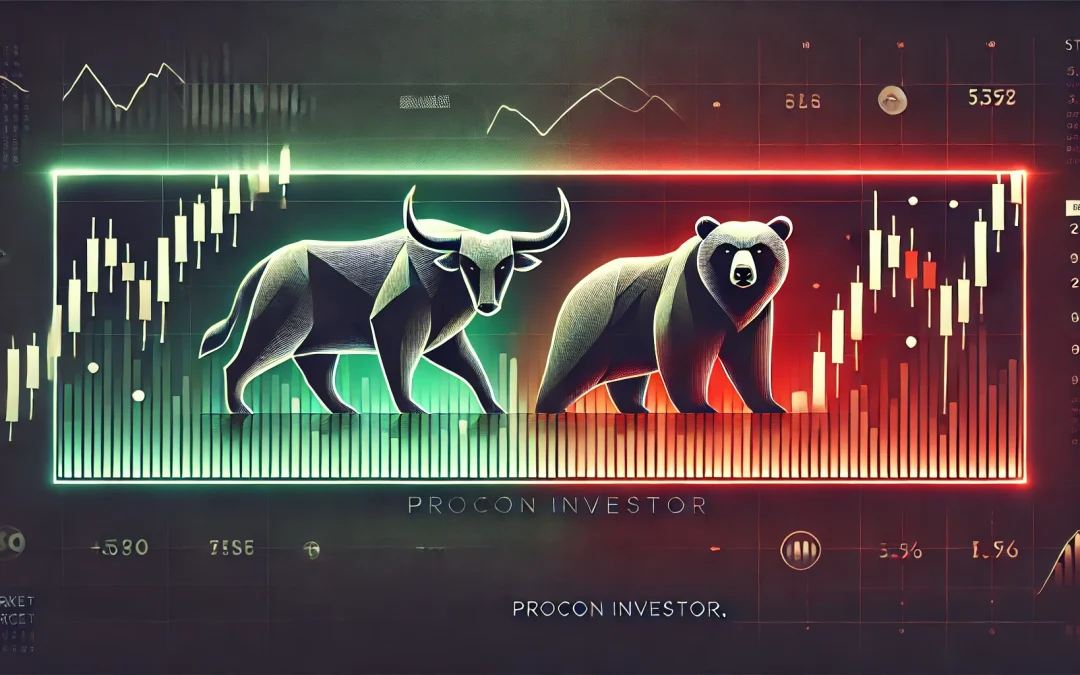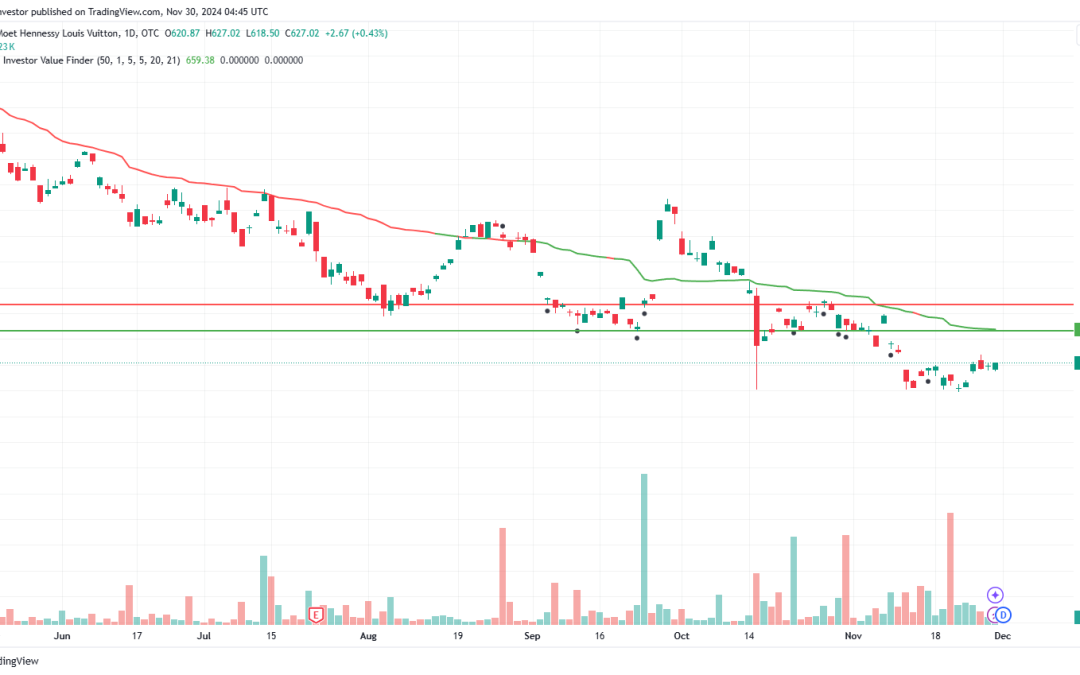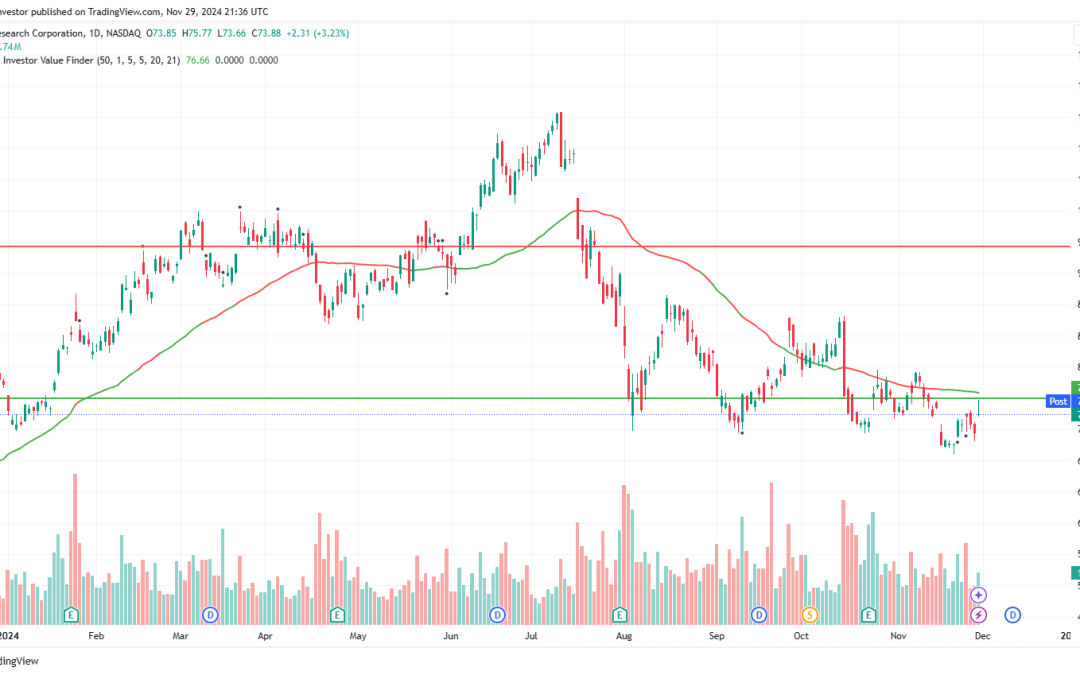NextEra Energy, Inc. (NYSE: NEE) is a leading energy company headquartered in Juno Beach, Florida, with a reputation for innovation and leadership in clean energy. As the parent company of Florida Power & Light (FPL) and NextEra Energy Resources, it operates in two main segments:
- Florida Power & Light (FPL):
- The largest regulated utility in the United States, FPL serves over 5.8 million customer accounts in Florida. It generates revenue primarily from the production, transmission, and distribution of electricity, supported by regulated rates approved by the Florida Public Service Commission.
- NextEra Energy Resources:
- The world’s largest generator of renewable energy from the wind and sun. This segment earns revenue through the development, ownership, and operation of clean energy projects across North America, as well as from the sale of electricity under long-term contracts with utilities, municipalities, and corporations.
NextEra Energy generates its revenue through a mix of regulated utility operations (approximately 60%) and renewable energy production and sales (approximately 40%). The company’s innovative approach and focus on decarbonization have positioned it as a cornerstone of the global transition to sustainable energy.
Pros of Investing in NextEra Energy
- Leadership in Renewable Energy
- NextEra is recognized globally for its leadership in wind and solar power generation, aligning with the increasing demand for clean and sustainable energy solutions.
- Consistent Financial Performance
- The company has a history of delivering strong financial results. In Q3 2024, NextEra reported $7.57 billion in revenue (5.5% YoY growth) and earnings per share of $1.03 (9% YoY growth), surpassing analyst expectations.
- Strategic Partnerships and Deals
- Recent agreements, such as an 860-megawatt renewable energy deal with Google, demonstrate NextEra’s ability to secure high-profile partnerships, bolstering future growth.
- Dividend Growth
- NextEra has committed to increasing its dividend per share by approximately 10% annually through 2026, offering a compelling opportunity for income-focused investors.
- Positive Long-Term Outlook
- Analysts forecast robust growth, with a 12-month price target of $86.33, highlighting potential upside from current levels. NextEra’s investments in renewable infrastructure and innovation provide a strong foundation for sustained growth.
Cons of Investing in NextEra Energy
- High Valuation
- NextEra trades at a premium valuation compared to its peers, with a P/E ratio of 23.3 versus the industry average of 19.21, raising concerns about limited upside if growth expectations aren’t met.
- Capital Raising Concerns
- The recent announcement of plans to raise $2 billion through equity units has raised concerns about potential share dilution.
- Interest Rate Sensitivity
- As a capital-intensive business, NextEra is sensitive to rising interest rates, which could increase borrowing costs and impact profitability.
- Regulatory Risks
- The company’s operations are heavily regulated. Changes in federal or state policies regarding clean energy incentives or utility rates could impact revenues.
- Market Competition
- NextEra faces competition from other utilities and renewable energy providers, which could impact its market share and ability to secure new contracts.
Key Financial Metrics
- Revenue (Q3 2024): $7.57 billion
- Earnings Per Share (Q3 2024): $1.03
- P/E Ratio: 23.3
- Dividend Yield: Approximately 2.71%
- 12-Month Price Target: $86.33
Investor Takeaway
NextEra Energy stands out as a leader in renewable energy and regulated utilities, offering a unique blend of stability and growth potential. Its commitment to clean energy, innovative projects, and strategic partnerships make it an attractive investment in the rapidly evolving energy sector. However, high valuation, interest rate sensitivity, and regulatory risks are factors to consider before investing. A diversified investment approach can help mitigate these risks.







